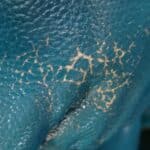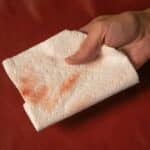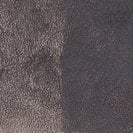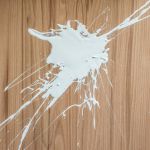Rub-off is typically caused by wax, silicone, or oil-based conditioning products, which leave a residue that inhibits the pigment’s ability to bond. Did you follow … Read more
Rub ‘n Restore® is a leather paint. If spilled in its liquid state, it will stain fabric and clothing. But once dry, color transference, called … Read more
All Rub ‘n Restore® Colors are compatible and can be mixed to create your own. You can also modify any of our colors with water-based … Read more
Streakiness is typically caused by applying the color too heavily and over-working it as it begins to dry. This is remedied by applying thinner coats … Read more
When Rub ‘n Restore® finishes feel dry, they are dry and ready for another coat or use. Cure time (where it is unaffected by water) … Read more
Hairline cracks in the finish are a sure sign that Rub ‘n Restore® Color was applied in thicker coats with insufficient dry time in between … Read more
Bubbles, spots or a ‘fish-eye’ appearance in the finish is caused by excessive air and foam, which is why we recommend stirring and not shaking … Read more
A single coat of Rub ‘n Restore® color may appear thin, especially when changing color. Once coverage has been achieved, usually after two or three … Read more
Pale, white or off-white colors as well and some Custom Colors (hot racing yellow, for example) have poorer coverage coverage than medium or darker colors. … Read more
Rub ‘n Restore®, in its liquid state, will stain leather, vinyl, unfinished wood, fabrics, carpet, and clothing. Avoid getting Rub ‘n Restore® on unwanted surfaces. … Read more









